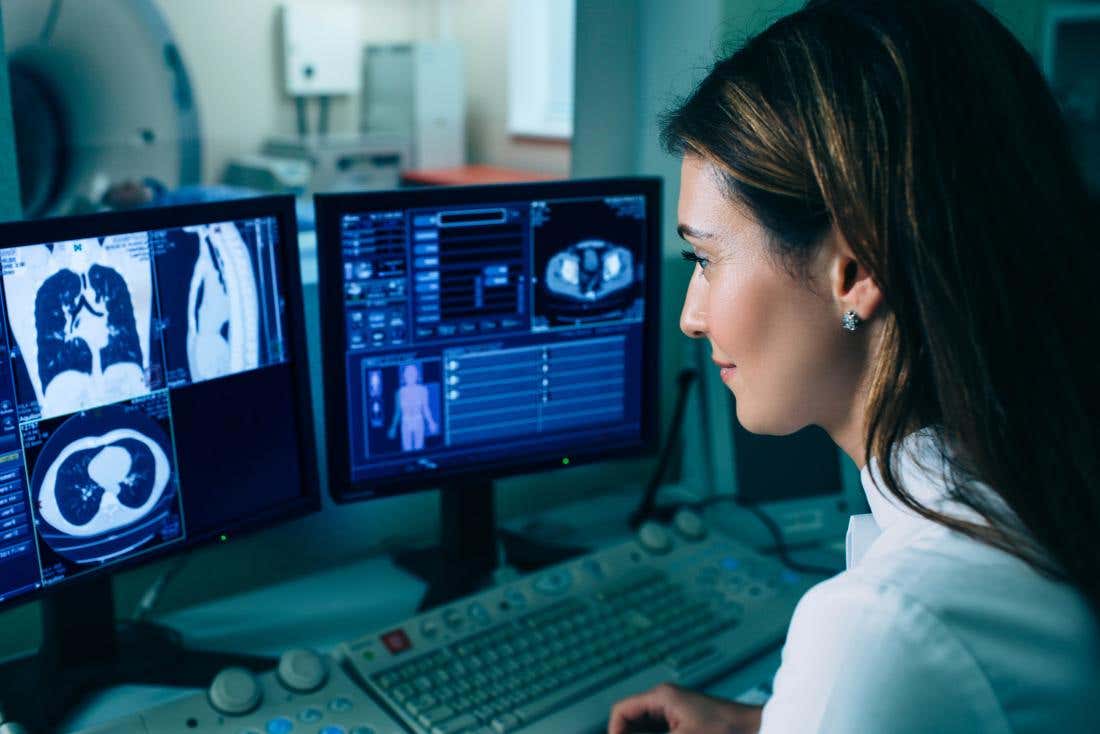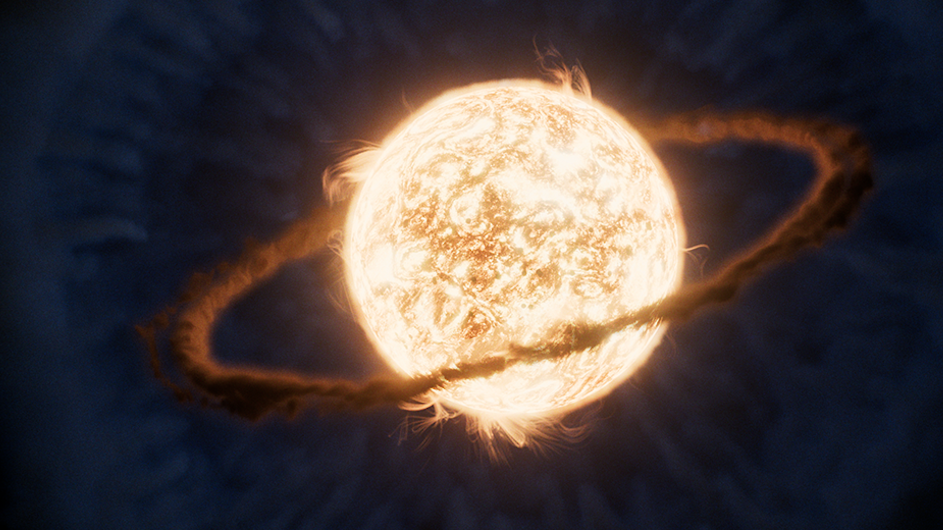Revolutionary AI spots nearly 100% of cancers, beating doctors
New AI model detects endometrial cancer with 99.26% accuracy, promising faster, cheaper, and more reliable diagnoses.

A powerful new AI model can detect endometrial cancer with 99.26% accuracy, transforming diagnosis and offering broader use across diseases. (CREDIT: CC BY-SA 4.0)
Early signs of one of the most common reproductive cancers may now be spotted with near-perfect accuracy, thanks to a groundbreaking artificial intelligence model. For years, diagnosing endometrial cancer required invasive procedures, expert review, and weeks of waiting.
Now, new research, published in the journal ScienceDirect, shows that an advanced deep learning system can recognize this disease in microscopic images of tissue with 99.26% accuracy.
Endometrial cancer begins in the lining of the uterus and is the most frequently diagnosed uterine cancer. While it’s often caught early, when outcomes are promising, delays in diagnosis still pose serious risks. In 2018 alone, over 382,000 new cases of uterine cancer were reported worldwide, with nearly 90,000 deaths.
In the U.S., projections for 2024 suggest around 67,880 new cases and over 13,000 fatalities. These numbers show the urgent need for more accurate and faster diagnostic methods.
The Diagnostic Challenge
When women undergo testing for endometrial cancer, doctors typically analyze a sample of the uterine lining under a microscope. This process, known as histopathological analysis, depends heavily on the skill and experience of trained pathologists.
The problem? Even experts sometimes disagree. Human-led diagnoses can vary widely, and current automated tools only achieve around 79% to 81% accuracy.
That’s why researchers have turned to artificial intelligence, and specifically deep learning. This powerful type of AI uses large datasets and complex mathematical models called neural networks to detect patterns. Deep learning has already shown success in classifying images and recognizing subtle differences in medical scans.
Related Stories
A Smarter Model for a Deadlier Disease
An international research team from Australia, Bangladesh, and Canada set out to improve how we detect endometrial cancer. Using a large dataset of tissue images, they trained a new deep learning model named ECgMLP (Endometrial Cancer gated Multi-Layer Perceptron). This AI system looks at microscopic images, enhances their quality, focuses on the most important features, and then classifies them.
“Classifying endometrial cancer using histopathological images was achieved with superior performance, better accuracy and processing time, using deep learning algorithms,” the researchers said.
The ECgMLP model was built using a combination of machine learning components. One of the core features is the use of a gated linear unit, which allows the model to control what information it keeps or discards as it processes an image. This approach helps it better detect complex patterns that might signal the presence of cancer.
To improve performance, the team used advanced preprocessing techniques like image normalization, denoising with Non-Local Means algorithms, and a watershed segmentation process to identify key regions of interest in each image. They also applied photometric augmentation—adjusting image brightness, contrast, and color—to make the training data more varied and robust.
The results were striking. ECgMLP achieved 99.26% accuracy when tested on endometrial cancer datasets, far outperforming traditional models that relied on transfer learning or simpler deep learning structures.
Better Results, Faster and Cheaper
This new method is not just more accurate—it’s also faster and more accessible. Current biopsy-based diagnoses can take days to weeks. In contrast, ECgMLP can deliver results almost immediately after tissue samples are scanned. That speed matters. Endometrial cancer is highly treatable in its early stages, but once it spreads outside the uterus, successful treatment becomes much harder. A faster diagnosis can save lives.
According to co-author Dr. Asif Karim from Charles Darwin University, “The proposed ECgMLP model outperforms existing methods… while being computationally efficient.” That means the model uses less computing power than many other AI systems, making it easier to deploy in clinics with limited resources.
This system isn’t meant to replace pathologists, but to work alongside them. It can support medical professionals by flagging suspicious areas for closer review or by double-checking diagnoses. It could also prove helpful in underserved areas where access to specialists is limited.
Not Just for One Type of Cancer
The model’s accuracy in spotting endometrial cancer is impressive—but its potential doesn’t stop there. Using the same training approach, researchers also tested the model on other types of cancer. It diagnosed colorectal cancer with 98.57% accuracy, breast cancer at 98.20%, and oral cancer at 97.34%.
“The same methodology can be applied for fast and accurate early detection and diagnosis of other diseases,” said Associate Professor Niusha Shafiabady. She’s also a co-author of the study and works at Australian Catholic University. “This ultimately leads to better patient outcomes.”
The ECgMLP model could serve as the “brain” of a new software platform for cancer diagnosis. With its strong performance across different types of tissue scans, it may one day be part of routine testing in pathology labs around the world.
What This Means for the Future
Endometrial cancer is already a major concern for women’s health, particularly in Australia and the United States. It's one of the top reproductive cancers diagnosed each year. Yet many cases go undetected until symptoms grow more severe. A tool like ECgMLP could be a game-changer in closing that gap.
By enhancing how doctors identify cancer cells under the microscope, artificial intelligence could soon play a central role in patient care. It can offer a second opinion, speed up lab work, and extend expert-level diagnosis to hospitals and clinics that currently don’t have access to trained pathologists.
The rise of AI in medicine isn’t about replacing people—it’s about giving them better tools. As this model shows, when human skill and machine intelligence work together, the results can be life-changing.
Note: The article above provided above by The Brighter Side of News.
Like these kind of feel good stories? Get The Brighter Side of News' newsletter.
Joshua Shavit
Science & Technology Writer | AI and Robotics Reporter
Joshua Shavit is a Los Angeles-based science and technology writer with a passion for exploring the breakthroughs shaping the future. As a contributor to The Brighter Side of News, he focuses on positive and transformative advancements in AI, technology, physics, engineering, robotics and space science. Joshua is currently working towards a Bachelor of Science in Business Administration at the University of California, Berkeley. He combines his academic background with a talent for storytelling, making complex scientific discoveries engaging and accessible. His work highlights the innovators behind the ideas, bringing readers closer to the people driving progress.



